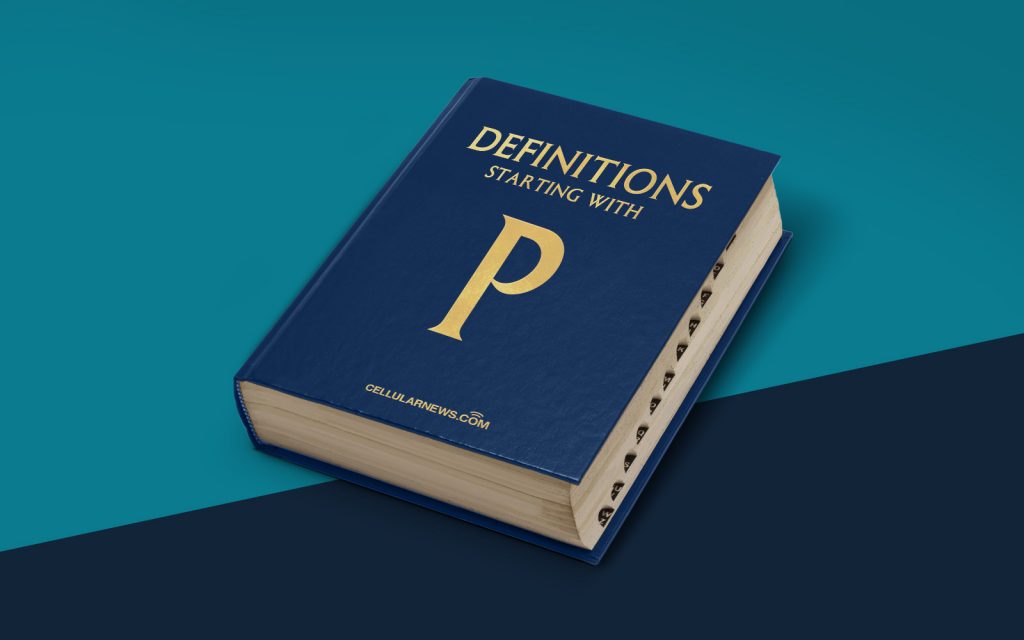
What is Partially Observable Markov Decision Process (POMDP)?
Welcome to our DEFINITIONS category, where we unravel complex terms and concepts in a way that is approachable and easy to understand. Today, we’re diving into the world of Partially Observable Markov Decision Process (POMDP). So, buckle up and get ready to explore this fascinating topic!
Key Takeaways:
- Partially Observable Markov Decision Process (POMDP) is a mathematical framework used to model decision-making situations where the system’s state is not completely observable.
- POMDPs are widely applied in various fields, including robotics, artificial intelligence, economics, and healthcare.
Now, let’s unravel the concept of POMDPs. Imagine you are playing a game of chess against an opponent, but instead of seeing the entire board, some pieces are hidden from your view. In such situations, making optimal decisions becomes challenging because you don’t have complete information about the current state of the game. This is where the Partially Observable Markov Decision Process (POMDP) comes into play.
POMDP is a mathematical framework that extends the concept of Markov Decision Process (MDP) and allows for decision-making in situations with partial observability. In an MDP, the system’s state is fully observable, meaning that you have complete information about the environment in which you are making decisions. However, in real-world scenarios, this assumption often doesn’t hold true.
So, how does POMDP tackle this partial observability challenge? POMDPs introduce the notion of an agent, which interacts with an environment over a sequence of discrete time steps. At each time step, the agent receives an observation, which provides partial information about the underlying state. Based on this observation, the agent must make a decision and take an action, which will then influence the environment’s next state and yield a reward. The ultimate goal is to find a policy that maximizes the expected cumulative reward over time.
Here are a few key characteristics of Partially Observable Markov Decision Processes (POMDPs):
- Observation Space: POMDPs have an observation space that defines the possible observations the agent can receive.
- State Space: Similar to MDPs, POMDPs also have a state space that represents the possible states the environment can be in.
- Action Space: The action space determines the actions the agent can take at each time step.
- Transition Model: POMDPs incorporate a transition model that describes how the environment’s state evolves over time.
- Reward Function: A reward function assigns a value to each state or state-action pair, indicating the desirability of being in that state or taking that action.
POMDPs have become a powerful tool in various fields. In robotics, they can be used to model decision-making processes for autonomous systems operating in uncertain and dynamic environments. In artificial intelligence, POMDPs have applications in natural language understanding and dialogue systems, where the agent has to interpret ambiguous and incomplete user inputs. Moreover, POMDPs find applications in economics, healthcare, and numerous other domains where decision-making under uncertainty is crucial.
So, the next time you encounter the term “Partially Observable Markov Decision Process” or hear someone mention POMDP, you can confidently understand that it refers to a mathematical framework for decision-making in partially observable environments. Remember, POMDPs allow agents to make optimal decisions even when faced with incomplete information, opening up a world of possibilities in various domains.
